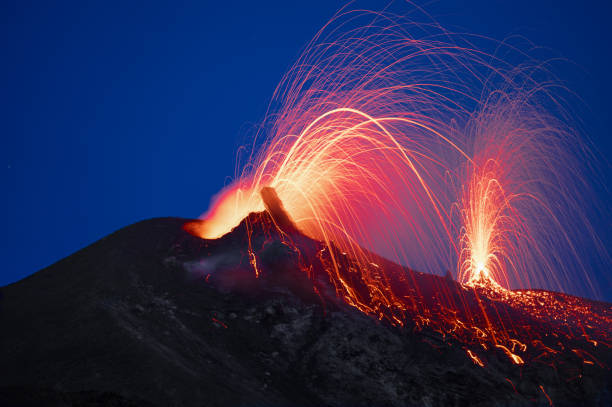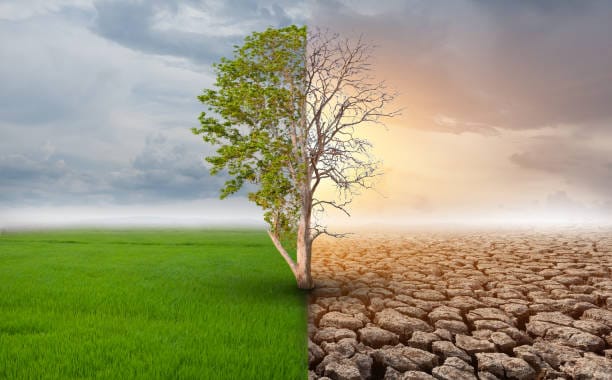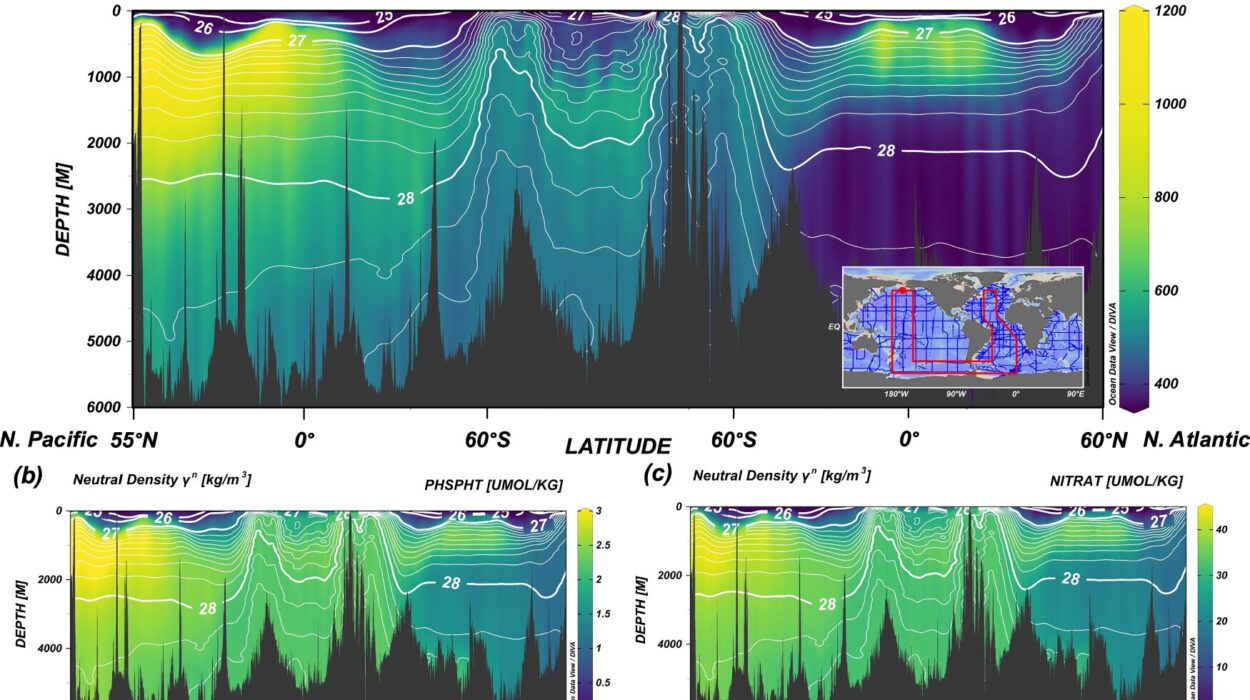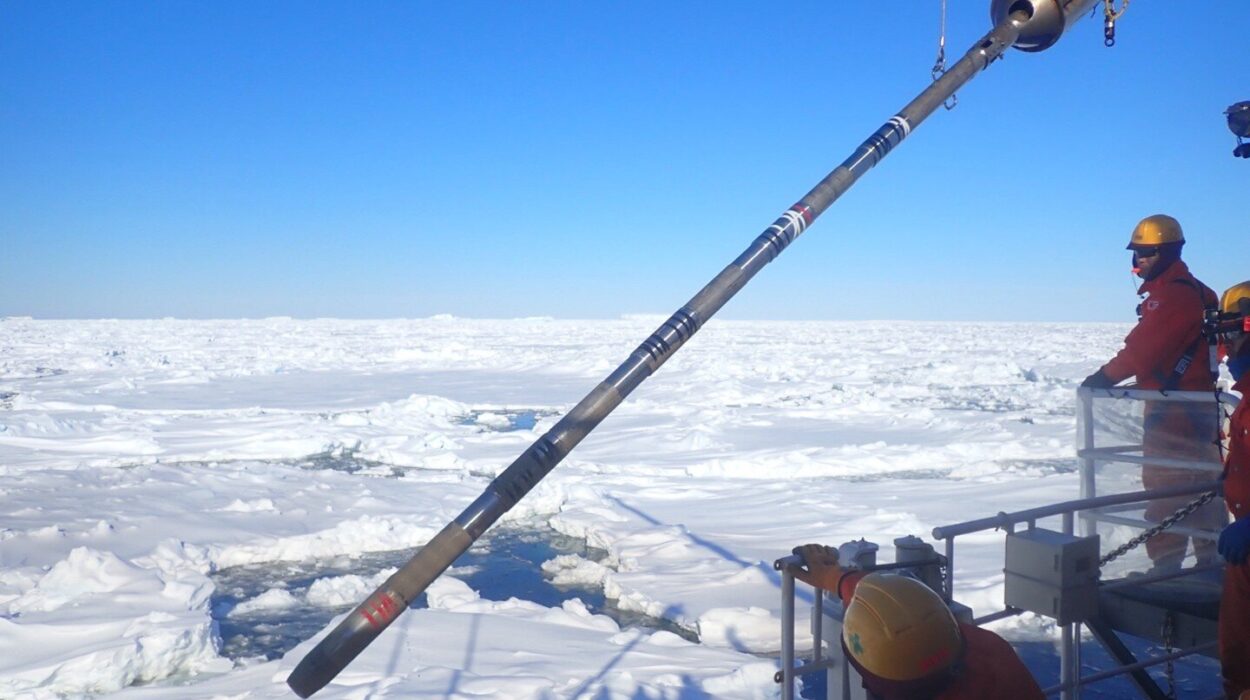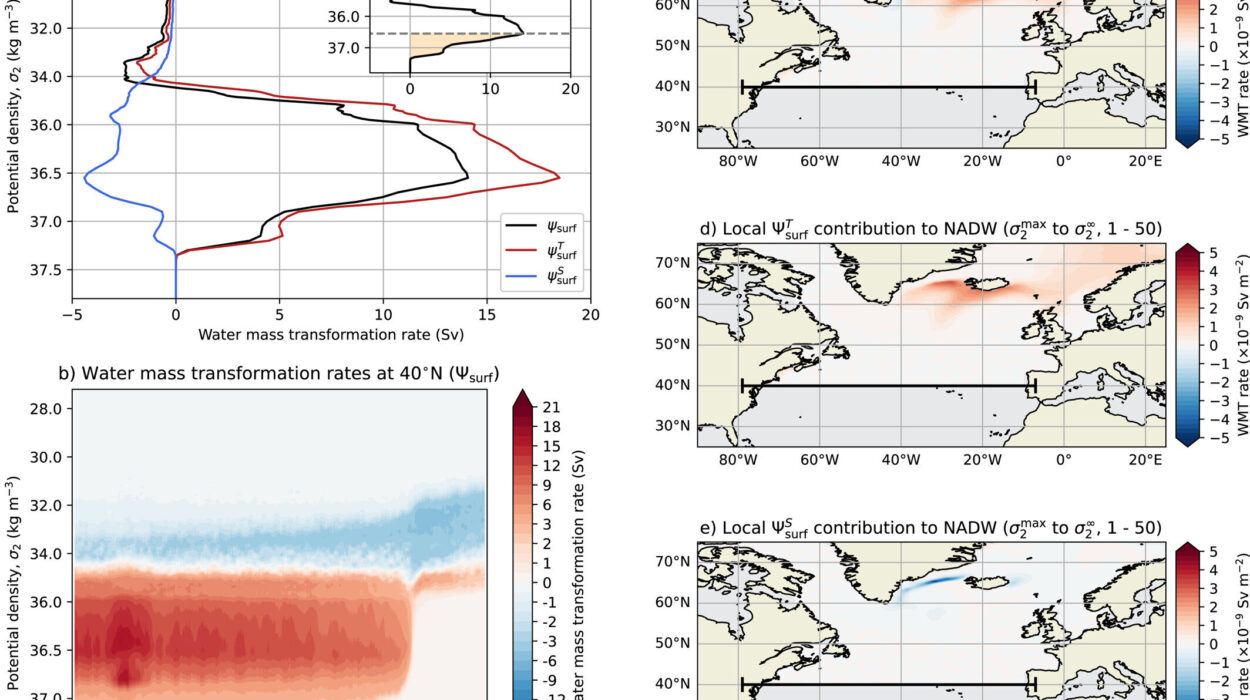It was the spring of 1815 when the earth split open in the East Indies. Mount Tambora, a towering stratovolcano on the island of Sumbawa, had been rumbling ominously for weeks, but few could have predicted the magnitude of the event that followed. When it finally erupted, the explosion was so powerful it could be heard over 2,000 kilometers away. The mountain ejected more than 160 cubic kilometers of volcanic material into the sky. It was, and still is, the most powerful volcanic eruption in recorded history. But the real story of Tambora would be written not just in ash and lava, but in ice and famine, oceans and skies.
The eruption darkened the heavens with a colossal plume of ash and sulfur. Over time, those particles spread across the globe, blotting out sunlight and cooling the Earth. What followed was a year so cold and bizarre it earned a name of its own—“The Year Without a Summer.” In 1816, crops failed across Europe and North America. Frost came in June. Snow fell in July. Livestock starved. And across the world, human beings struggled to understand how a single volcanic mountain on a distant island had shifted the climate of an entire planet.
This is the story of how volcanic eruptions, violent and primal, do more than reshape landscapes—they recalibrate Earth’s thermostat, sometimes for years, and sometimes in ways that echo through history.
A Force Born of Fire and Pressure
To understand how volcanoes influence climate, we must first grasp what makes them tick. A volcano is not simply a mountain—it’s a pressure valve for the planet. Beneath the surface, heat from Earth’s core melts rock into magma, a roiling sea of molten minerals. As pressure builds in underground chambers, the Earth’s crust buckles and cracks, releasing that molten energy in explosive fits.
When a volcano erupts, it expels more than lava. It hurls ash, gases, and tiny particles called aerosols high into the atmosphere. The severity and reach of the climate impact depend largely on how much sulfur dioxide is released and how high those materials are injected. The most climatically significant eruptions send gases and particulates into the stratosphere—above 10 kilometers. Here, they can linger for months or years, carried by jet streams, shading sunlight, and chemically interacting with ozone.
It’s not just the fire we should fear—it’s what follows in the sky.
The Sky Darkens: How Volcanoes Cool the Planet
When a volcano injects sulfur dioxide (SO₂) into the stratosphere, it begins a transformation. The gas mixes with water vapor to form tiny sulfuric acid droplets—stratospheric aerosols. These aerosols are highly reflective. They bounce incoming solar radiation back into space, reducing the amount of heat that reaches Earth’s surface.
This results in a net cooling effect. The global average temperature can drop by a fraction of a degree or, in the case of massive eruptions, by several degrees. What makes this significant is not the absolute temperature drop, but the suddenness and scope. Climate change typically unfolds over decades or centuries. Volcanic cooling can occur in weeks and span entire continents.
The eruption of Mount Pinatubo in the Philippines in 1991 offers a modern example. It was one of the largest eruptions of the 20th century. Within weeks, the global temperature fell by roughly 0.5°C (0.9°F). The cooling effect lasted for over two years. Scientists observed clearer skies, weakened monsoons, and altered rainfall patterns across the globe—all because of one mountain venting its fury.
But cooling isn’t the only outcome. Paradoxically, volcanic eruptions can also lead to warming, albeit indirectly and over longer timescales.
Ashes to Rain: The Local Devastation
While the stratospheric changes affect the entire globe, the local and regional effects of an eruption are immediate, severe, and personal. Near the eruption site, the land is often rendered unrecognizable. Ashfall can blanket cities, collapse roofs, poison water sources, and turn daylight into a ghostly twilight.
The heat of pyroclastic flows—avalanches of superheated gas and volcanic debris—incinerates everything in their path. Lahars, or volcanic mudflows, form when rain or melting snow mixes with ash, creating rivers of sludge that can bury entire towns.
Beyond the initial devastation, the local climate takes a hit. Vegetation dies off, altering the albedo—or reflectivity—of the land. Forests, stripped bare, no longer pull carbon dioxide from the air. Water cycles are disrupted, with rainfall patterns changing dramatically in surrounding regions. Ecosystems that took centuries to mature can vanish in hours.
Communities living near volcanoes know these risks all too well. In places like Indonesia, the Philippines, and Central America, generations have built their lives in the shadows of mountains that might, at any moment, explode into apocalyptic chaos.
The Long Reach: Global Climatic Effects
It’s one thing for a volcano to disrupt the weather in its immediate neighborhood. But how do those changes spread across oceans, forests, and continents? The answer lies in the interconnected web of Earth’s atmospheric and oceanic systems.
Stratospheric aerosols from a major eruption can encircle the planet within weeks. These particles scatter sunlight, which not only cools the surface but also disrupts global wind patterns. The jet streams shift. Monsoons weaken. Droughts hit areas that are usually lush. Floods surge in places that were once dry.
One unexpected outcome of volcanic eruptions is the effect on ocean currents. When the surface cools rapidly, it changes the heat balance between the atmosphere and the sea. This can lead to temporary alterations in circulation patterns like El Niño and La Niña, affecting rainfall and storms across the globe.
For example, after the eruption of El Chichón in 1982, the Pacific Ocean underwent a strong El Niño event. This, in turn, caused droughts in Africa, heatwaves in Australia, and disrupted agriculture across Asia. A single volcanic explosion, when powerful enough, becomes a planet-wide event.
The Hidden Toll: Agriculture and Famine
When the skies darken and temperatures drop, the consequences reach far beyond weather patterns—they affect the very basis of human civilization: agriculture. Crops depend on consistent seasons, adequate sunlight, and predictable rainfall. Volcanic eruptions interfere with all three.
In the aftermath of Tambora’s eruption, the summer of 1816 vanished from the northern hemisphere. Frost killed crops in New England. In Europe, the sky remained dull and crops rotted in soggy fields. Prices for grain soared. Starvation and disease swept through vulnerable populations. In Ireland, where people relied heavily on oats and potatoes, the failed harvest triggered a food crisis that would echo for decades.
Volcanic-induced famines are a historical reality. The eruption of Laki in Iceland in 1783 unleashed toxic gases that killed livestock and destroyed crops, not just in Iceland, but across northern Europe. Thousands died of starvation and exposure. These events are not anomalies—they are reminders that Earth’s climate, when jolted by volcanic force, can quickly become inhospitable.
Climate and Civilization: A Volcano’s Influence on History
History is often written by kings, conquerors, and revolutionaries. But sometimes, it is shaped by volcanoes.
Some historians argue that the eruption of Hekla in 1104 contributed to the Norse abandonment of Greenland. The cooling may have been too much for their fragile agricultural society to endure. Similarly, a series of volcanic eruptions in the mid-6th century AD have been linked to the onset of the “Late Antique Little Ice Age,” a period marked by crop failures, plagues, and the fall of empires.
One of the most compelling historical examples comes from the year 536 AD, which the historian Procopius described as a time when “the sun gave forth its light without brightness.” Ice cores reveal that this dimming of the sun was caused by a massive volcanic eruption—perhaps in Iceland or Central America—that threw Earth into one of its coldest decades in millennia. Famines swept across Europe and Asia. Societal unrest grew. It may even have paved the way for the rise of Islam and the reshaping of global power.
The idea that volcanoes quietly shape human history isn’t just poetic—it’s increasingly supported by interdisciplinary science. Climate records, tree rings, ice cores, and historical accounts all point to the same conclusion: when Earth erupts, civilization trembles.
Modern Science and Volcanic Monitoring
In today’s world, we have more tools than ever to monitor volcanoes and predict their impact. Satellite imagery tracks ash clouds in real-time. Seismic sensors detect tremors that may precede eruptions. Atmospheric models simulate how gases and particles might affect the climate.
The eruption of Eyjafjallajökull in Iceland in 2010, while not especially large, provided a dramatic lesson in global interconnectedness. Its ash cloud grounded flights across Europe for days, affecting millions. The economic cost was estimated in billions. And yet, it was merely a shadow of what larger volcanoes could unleash.
Modern climate scientists now incorporate volcanic data into their models, adjusting forecasts based on eruptions. Some researchers even explore whether controlled releases of sulfur dioxide into the stratosphere—a form of geoengineering—could help offset global warming. It’s a controversial idea, born from our understanding of how natural volcanic cooling works, and one that raises ethical and ecological questions.
The Climate Paradox: Volcanoes in the Age of Warming
As the planet warms due to human-induced greenhouse gas emissions, volcanoes play a curious dual role. On one hand, they offer a natural form of temporary cooling. On the other, they cannot stop or reverse the long-term trend of global warming.
In fact, smaller eruptions may become more frequent as melting glaciers reduce pressure on Earth’s crust, potentially increasing volcanic activity in the future. But the cooling from even a major eruption like Pinatubo is short-lived—years at most. Meanwhile, carbon dioxide from fossil fuels lingers for centuries.
So while volcanoes can provide momentary dips in temperature, they are not a climate solution. Instead, they are reminders of how sensitive Earth’s climate system is, how easily it can be tipped off balance, and how critical it is to respect the natural forces that shape our world.
Conclusion: When the Earth Speaks, the Sky Listens
From the ashen fields of Pompeii to the icy summers of 1816, from lava flows that rewrite coastlines to invisible particles that dim the sun, volcanoes are more than geological curiosities. They are architects of climate, influencers of history, and a powerful force that links Earth’s molten heart to its icy skies.
In every plume of ash lies a story—a story of fire and water, of death and rebirth, of collapse and resilience. And though we now have satellites and sensors, computers and climate models, we remain deeply vulnerable to the forces beneath our feet.
Perhaps the most humbling lesson of all is this: we are passengers on a restless planet. And every so often, the Earth reminds us—through flame and ash—that it has always been, and will always be, the ultimate author of our skies.
